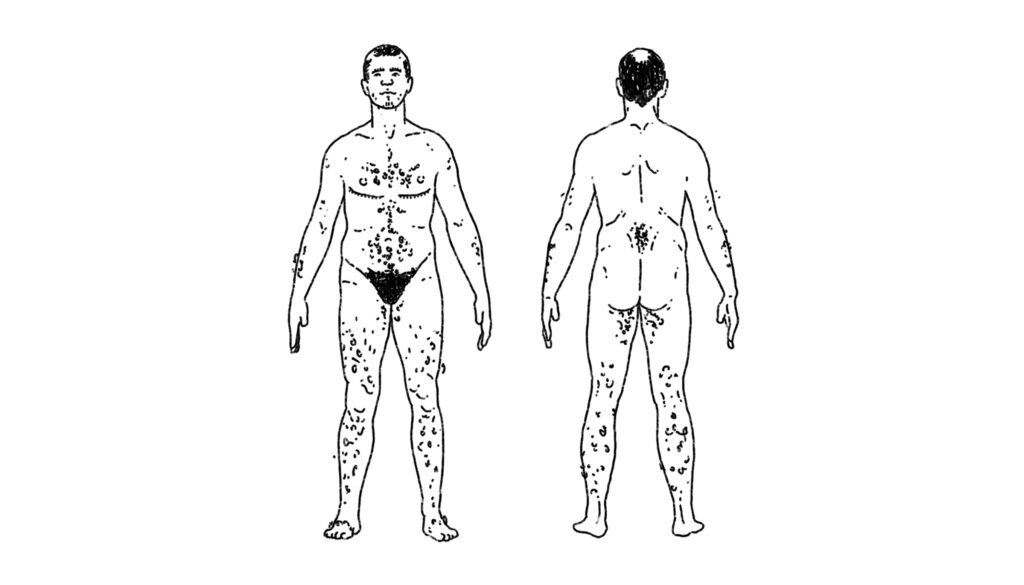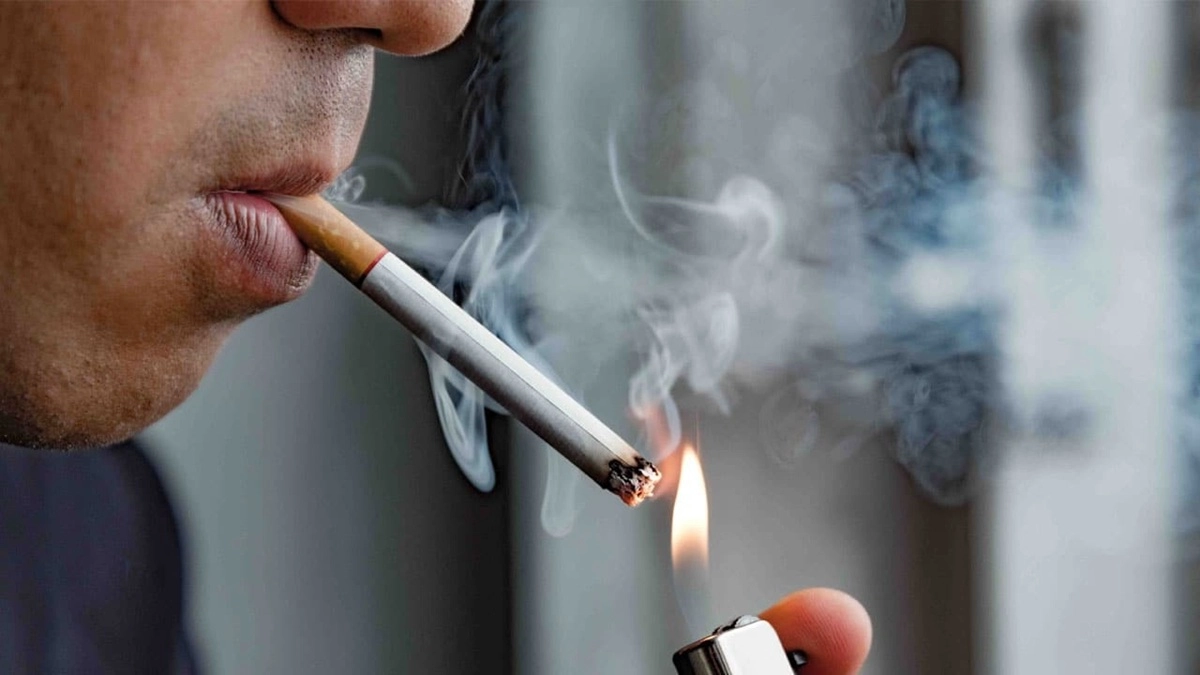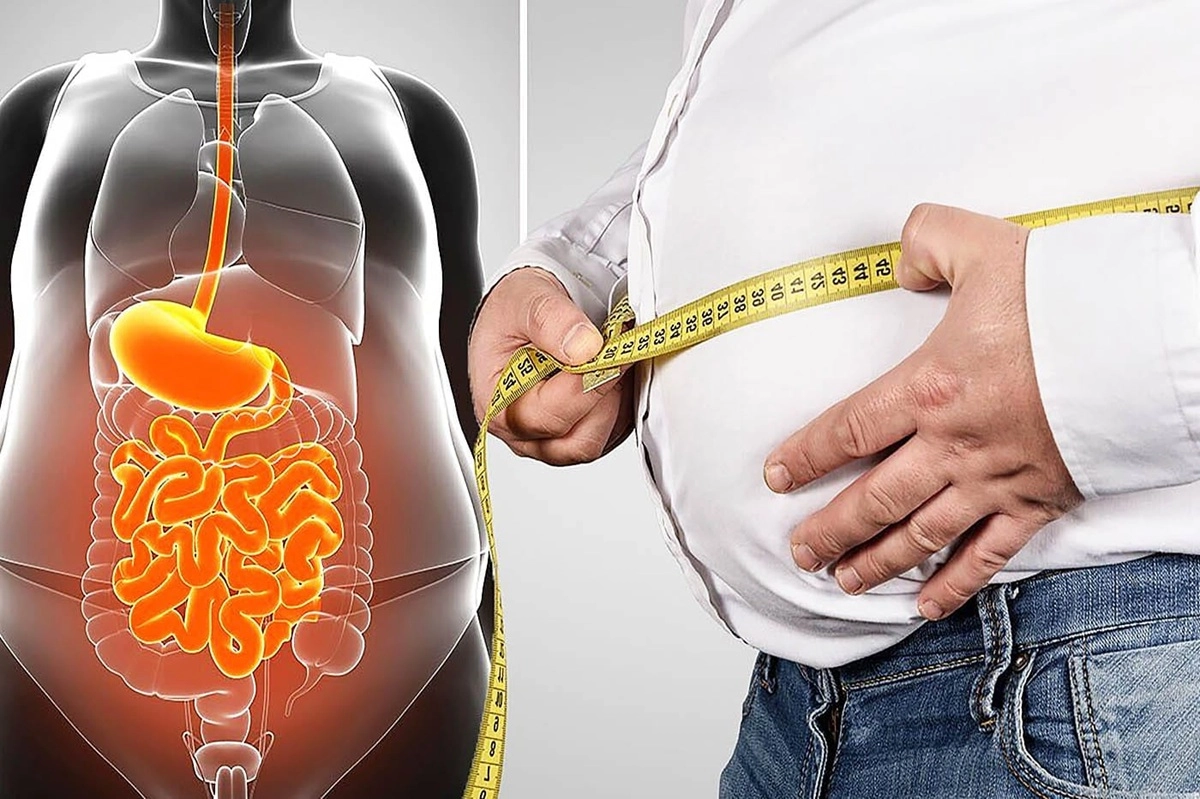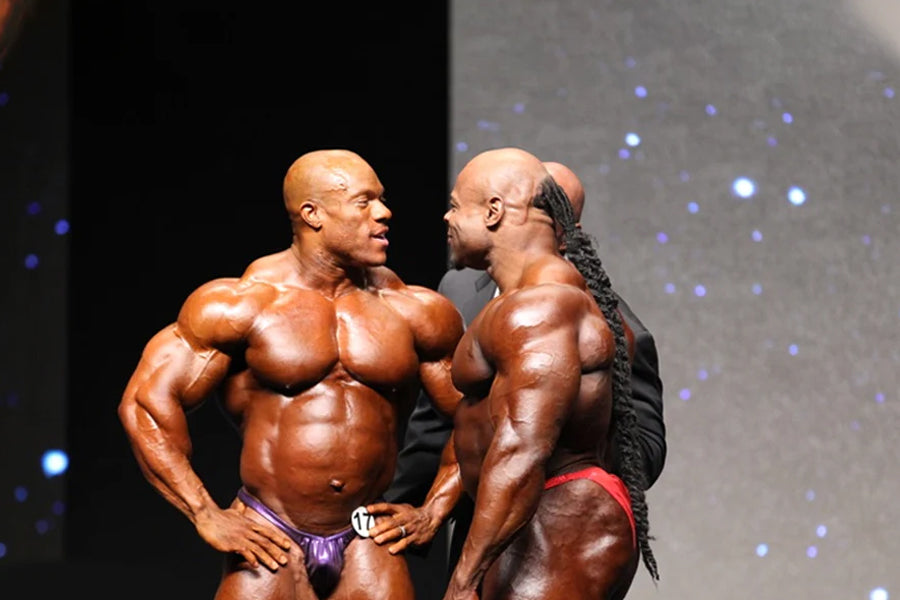You’ve probably heard that high testosterone causes hair loss, but the truth isn’t that simple. While testosterone plays a vital role in male pattern baldness, it’s actually its derivative, dihydrotestosterone (DHT), that’s the primary culprit.
Research shows that many balding men have lower testosterone levels than those with full heads of hair. Understanding this relationship will help you make informed decisions about both your hormone health and hair preservation strategy.
Introduction To Testosterone And Hair Health
Testosterone is a crucial hormone in the human body. It plays many roles, including in hair health. Understanding how testosterone affects hair can help clear common misconceptions.
#The Role Of Hormones In Hair Growth
Hormones are vital for hair growth and regulate the hair growth cycle. Testosterone is one of these hormones. It converts to dihydrotestosterone (DHT).
DHT affects hair follicles and can shrink them over time, leading to hair thinning and hair loss. Both men and women have testosterone, which impacts hair health in both genders.
#Common Misconceptions About Testosterone
Many believe testosterone always causes hair loss. This is not entirely true. Genetics plays a significant role. Not everyone with high testosterone levels will lose hair.
Some think hair loss only affects men. Women can also experience hair thinning and loss. Stress and diet also impact hair health. It’s not just about hormones.

Complex Weave
While many people believe high testosterone automatically leads to baldness, the connection between hormones and hair loss weaves a more intricate pattern.
You’ll find that androgenic alopecia, affecting both men and women, isn’t simply about testosterone levels in your body.
The reality is that male pattern baldness stems from a complex interaction between genetic predisposition and hormonal factors. Hair follicles gradually shrink over time, disrupting the normal hair growth cycle.
This process makes each new hair strand progressively finer until the follicle becomes dormant. In fact, the NIH reports that this condition impacts approximately 50 million men and 30 million women in the United States alone, demonstrating that hair loss isn’t exclusively tied to high testosterone levels.
Testosterone: A Closer Look At The Hormone
Testosterone is a key hormone in both men and women. It plays a vital role in many bodily functions. Understanding its role can help clarify its link to hair loss.
1. Production And Function
Testosterone is primarily produced in men’s testicles. Women produce it in their ovaries, but in smaller amounts. The adrenal glands in both sexes also produce this hormone.
Testosterone is crucial for muscle growth and bone density. It also affects mood and energy levels. In men, it influences sperm production and sex drive.
| Function | Description |
| Muscle Growth | Promotes muscle mass and strength |
| Bone Density | Increases bone strength |
| Mood | Affects mental health and well-being |
| Sperm Production | Essential for male fertility |
| Sex Drive | Influences libido |
2. Testosterone Levels Throughout Life
Testosterone levels change throughout life. They peak during adolescence and early adulthood. After age 30, levels typically decline by about 1% per year.
In women, testosterone levels also fluctuate. They are highest during their 20s and gradually decrease with age. Menopause can cause a significant drop in levels.
- Adolescence: Rapid increase in levels.
- Early Adulthood: Peak levels.
- Middle Age: Gradual decline begins.
- Older Age: Continued decline, affecting various functions.
Monitoring testosterone levels is essential for overall health. Consult a healthcare provider for advice on maintaining balanced levels.

Understanding the Hair Growth Cycle and Causes of Hair Loss
Nature has designed your hair growth cycle as an intricate biological process that follows distinct phases. Your hair follicles move through three key stages: the active growth phase (anagen), the change phase (catagen), and the resting period (telogen phase).
During the telogen phase, up to 15% of your hair becomes dormant, which explains why you’re naturally shedding hair daily. While losing up to 100 strands per day is normal, excessive hair loss may signal disruptions in your hair cycle.
Understanding this process is essential when examining the relationship between testosterone and hair loss. Hair follicles constantly cycle through these phases, with each strand following its own timeline.
This natural process guarantees continuous hair growth while allowing for normal shedding – unless underlying factors interrupt the cycle.
Different Forms of Testosterone
As scientists have discovered, testosterone circulates in your bloodstream in multiple forms, each playing a distinct role in your body’s functions.
Your serum testosterone levels consist of both “free” testosterone, which is unbound and ready for action, and testosterone bound to proteins like albumin and sex hormone-binding globulin (SHBG).
Dihydrotestosterone (DHT), a hormone created when free testosterone interacts with the 5-alpha reductase enzyme, is particularly important for those concerned about hair loss.
DHT is five times more potent than regular testosterone and markedly impacts your hair follicles. This is why some men undergoing testosterone therapy experience increased hair loss – higher levels of testosterone can lead to more DHT conversion in the scalp, potentially accelerating the balding process.
Shape of Baldness
When male pattern baldness develops, it follows a predictable and scientifically documented shape that you’ll recognize as the classic “M” pattern recession at the front hairline.
You’ll notice this frontal baldness gradually progressing, while a separate area of hair loss often appears at the vertex or crown of your head.
As testosterone influences continue to affect your hair follicles, these two balding areas typically merge into a distinctive “U” shape.
What’s particularly interesting is how hair loss patterns can vary across your body.
While you may experience a decline in hair count on your scalp and chest, your facial hair growth may improve.
This indicates how different areas of your body can respond uniquely to the same testosterone-related changes.
DHT: The Hormone Behind Hair Loss
While testosterone plays a key role in male pattern baldness, it’s actually dihydrotestosterone (DHT) that’s the main culprit behind your hair loss. Your body creates DHT when an enzyme called 5-alpha reductase converts testosterone into this more potent hormone. DHT can also be produced from DHEA in women.
If you’re experiencing androgenetic alopecia, it’s because your hair follicles are sensitive to DHT’s effects. The hormone targets specific areas, particularly in your scalp’s hair follicles, leading to progressive thinning and eventual hair loss.
But DHT isn’t all bad – it’s essential for proper prostate development. However, too much DHT can lead to benign prostate hypertrophy, causing prostate enlargement.
Understanding DHT’s role helps explain why many hair loss treatments focus on blocking this hormone’s production or effects.
DHT and Other Conditions
The impact of DHT extends far beyond hair loss and prostate development. Research shows that men experiencing DHT-related hair loss, particularly those with vertex baldness, face heightened health risks.
While enzyme 5-alpha-reductase converts testosterone to DHT through normal processes, these associations with prostate cancer can’t be ignored – studies indicate a 1.5 times greater risk.
Your baseline testosterone levels and their conversion to DHT may also influence other health conditions. Beyond common baldness, there’s a 23% higher risk of coronary artery disease in men with vertex bald spots.
Scientists are actively investigating potential connections between DHT and metabolic syndrome, especially in men using testosterone replacement therapy or anabolic-androgenic steroids. These findings suggest that monitoring DHT levels isn’t just about managing hair loss – it’s about overall health.
Differentiating Types Of Hair Loss
Hair loss can be a distressing experience. Understanding the types of hair loss is crucial for proper treatment. This section explores Androgenetic Alopecia and other forms of alopecia.
#Androgenetic Alopecia
Androgenetic Alopecia is the most common type of hair loss. It is often referred to as male-pattern baldness.
In men, it usually starts with a receding hairline. The crown of the head also gets affected.
In women, it manifests as thinning hair across the scalp. It rarely leads to complete baldness.
Testosterone and its byproduct Dihydrotestosterone (DHT) play key roles. DHT shrinks hair follicles, leading to hair loss.
#Other Forms Of Alopecia
There are various other types of alopecia. Each has its own causes and treatment methods.
| Type | Description |
| Alopecia Areata | An autoimmune disorder causes patchy hair loss. |
| Telogen Effluvium | Temporary shedding due to stress or illness. |
| Traction Alopecia | Hair loss from tight hairstyles pulling on the roots. |
Understanding these types helps in seeking appropriate treatments. Consulting a healthcare professional is advisable for accurate diagnosis and therapy.
It’s Your Genes
Despite what many believe about testosterone levels driving hair loss, your genetic makeup actually determines how sensitive your hair follicles are to DHT. The AR gene produces receptors on your hair follicles that interact with testosterone and DHT, and your genetic predisposition determines how sensitive these receptors are to even small amounts of androgens.
If you’re experiencing male pattern baldness, your androgen levels might be perfectly normal – it’s your inherited sensitivity that’s the real culprit. Having close male relatives with hair loss markedly increases your risk, regardless of your testosterone levels.
While factors like age and stress can influence hair loss, your genes play the decisive role. This genetic component explains why hair loss treatments often need to target the underlying follicle sensitivity rather than just hormone levels.
Myths Vs. Facts: Testosterone’s Role In Hair Loss
Testosterone often gets blamed for hair loss in men and women. But how much of this is true? This section will explore the myths and facts surrounding testosterone’s role in hair loss. Understanding the science can help debunk common misconceptions.

1. Debunking Common Myths
Many people believe that high levels of testosterone cause hair loss. This is a common myth. In reality, hair loss is more complicated than that.
- Myth: High testosterone levels directly cause hair loss.
- Fact: It’s not just testosterone but a specific byproduct called DHT (dihydrotestosterone) that affects hair follicles.
- Myth: Only men experience hair loss due to testosterone.
- Fact: Women can also experience hair loss due to hormonal changes, including those involving testosterone.
Another myth is that testosterone replacement therapy (TRT) always leads to hair loss. This is not always true. Many factors influence hair loss, including genetics and overall health.
2. What Research Says
Scientific studies have examined the relationship between testosterone and hair loss. The findings are intriguing.
| Aspect | Finding |
|---|---|
| Testosterone Levels | High levels do not always lead to hair loss. |
| DHT Levels | Increased DHT can shrink hair follicles, leading to hair thinning. |
| Genetics | Genetic predisposition plays a significant role in hair loss. |
| Hormonal Changes | Fluctuations in hormones can affect hair growth cycles. |
Research shows that DHT, rather than testosterone, is the main culprit. DHT binds to hair follicles, causing them to shrink. This leads to thinner and shorter hair strands.
Genetics also play a crucial role. If your family has a history of hair loss, you are more likely to experience it too. Hormonal changes during life stages like puberty and menopause can also influence hair loss.
Understanding these facts helps in addressing hair loss more effectively. Treatments can then be targeted more precisely.
Myths: Virility and Hair Loss
Many long-standing myths link male pattern baldness to increased virility and higher testosterone levels, but research tells a different story.
You might’ve heard that your hair thinning means you’re more masculine, but the science doesn’t support this connection. In fact, men experiencing pattern baldness sometimes have lower circulating levels of testosterone than those with full heads of hair.
What’s really at play is either increased 5-alpha reductase activity, which converts testosterone to DHT, or your genetic sensitivity to these hormones.
Think of it this way: your hair loss isn’t a sign of higher virility or testosterone – it’s simply about how your body processes these hormones.
Your genes determine how your hair follicles respond to DHT, making some men more susceptible to baldness regardless of their testosterone levels.
Hair Loss in Women
While men’s hair loss gets most of the attention, androgenetic alopecia isn’t exclusively a male concern. Even with lower testosterone levels than men, women can experience significant hair loss due to their androgen hormone levels.
Female pattern hair loss (FPHL) manifests differently from male pattern baldness. You’ll notice thinning across the top of the scalp in what’s often called a “Christmas tree” pattern, but your front hairline typically remains intact.
The culprit behind this thinning is DHT, which affects your hair follicles just as it does in men. As DHT impacts the hair follicles, you’ll see a gradual decrease in hair density over time.
While you might’ve less testosterone than men, you still have enough to trigger this type of hair loss potentially.
Treatments for Hair Loss
Several effective treatments exist to combat both male and female pattern hair loss, with options ranging from medications that target testosterone conversion to non-hormonal solutions.
The most common medical treatments include finasteride and dutasteride, which are 5-alpha reductase inhibitors that prevent testosterone from converting to DHT. While finasteride (Propecia) is widely used for male pattern baldness, it’s not safe for women who might become pregnant.
You’ll also find non-hormonal options like minoxidil (Rogaine) and ketoconazole-based treatments that can help regrow hair without affecting testosterone levels.
For those seeking permanent solutions, hair transplants offer a surgical option to restore the hairline. Depending on your specific hair loss pattern and medical history, these treatments can work independently or in combination.
To Wrap It All Up
You’ve now got the real scoop on testosterone and hair loss – it’s not as simple as your great-grandfather’s snake oil remedy would have you believe. While DHT is the main culprit, your genes play the starring role in this follicular drama.
Whether you’re rocking a full head of hair or embracing the bald look, understanding the science helps you make informed decisions about treatment options that work best for your situation.
FAQs
Does Testosterone Really Cause Hair Loss or Is It a Myth?
Testosterone itself does not directly cause hair loss. Hair loss is primarily triggered by dihydrotestosterone (DHT), a byproduct of testosterone. DHT binds to hair follicle receptors, shrinking them over time and causing male pattern baldness in genetically predisposed individuals.
What’s the Difference Between Hair Loss From Low Testosterone vs. High Testosterone?
The main difference between hair loss from low testosterone and high testosterone is the cause. High testosterone increases DHT levels, which shrink hair follicles. Low testosterone may disrupt hair growth cycles indirectly by affecting overall hormonal balance, but it rarely causes follicle damage.
How Does DHT Affect Hair Follicles and Can It Be Controlled?
DHT affects hair follicles by binding to androgen receptors, shrinking the follicles and shortening the growth phase. This leads to thinning hair and eventual loss. DHT can be controlled using medications like finasteride or topical treatments that inhibit 5-alpha-reductase, the enzyme that converts testosterone to DHT.
Can TRT (Testosterone Replacement Therapy) Make Hair Loss Worse?
TRT can make hair loss worse in genetically susceptible men by increasing DHT levels. As testosterone rises, more is converted into DHT, which accelerates follicle shrinkage and leads to male pattern baldness. DHT blockers may help manage this side effect during TRT.
What Are the Most Effective Ways to Stop Testosterone-Related Hair Loss?
Stop testosterone-related hair loss by blocking DHT using finasteride or dutasteride, applying topical minoxidil to stimulate growth, and adopting low-DHT diets. Early intervention and regular monitoring with a healthcare provider significantly increase treatment success.
Are DHT Blockers Safe and Do They Really Work?
DHT blockers are generally safe and effective when used under medical supervision. Finasteride and dutasteride reduce DHT levels by inhibiting 5-alpha-reductase, slowing hair loss and promoting regrowth. Some users experience side effects like reduced libido, but most tolerate treatment well.
Where Can I Get Tested for Testosterone and DHT Levels?
You can get tested for testosterone and DHT levels through a blood test at clinics, hospitals, or telehealth services. Endocrinologists and urologists often order these tests to diagnose hormone imbalances and evaluate hair loss causes. Tests are typically done in the morning for accurate results.
Hair Transplant vs. DHT Blockers: Which Is Better for Testosterone-Related Hair Loss?
The main difference between a hair transplant and DHT blockers for testosterone-related hair loss is the approach. Hair transplants surgically restore lost hair, while DHT blockers prevent further loss by targeting the hormonal cause. Transplants offer permanent results, but blockers work as preventive maintenance.











